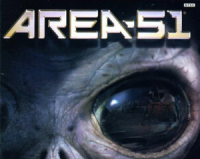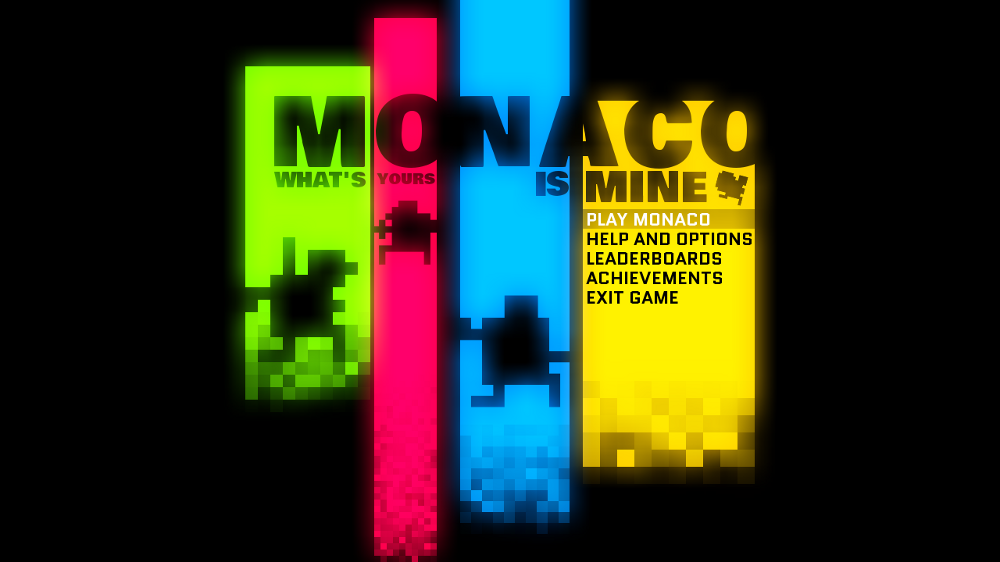This review details at least one story-sensitive mechanic that gets introduced early in the game. Light spoilers are present, but much of what happens in the latter half is kept vague.

How do you make the sequel to a game that changed an entire genre, along with the way we experience it? After Amnesia: The Dark Descent left its mark in 2010, Frictional Games has offered different answers to that question for a full decade. First, they let another developer take a crack at the series with Amnesia: A Machine for Pigs, a polarizing approach that removed most of the monsters and let its scattered journals and notes do the heavy lifting. In 2015, they left behind Amnesia and gave us Soma, a sci-fi thriller with such an engaging story that it even pulled in players who traditionally stayed far away from horror.
As we approach the tail end of 2020, they’ve come back to the series that made them a household name with Amnesia: Rebirth, a game that serves as both a sequel and prequel to what transpired in The Dark Descent. The monsters that terrified players ten years ago are back in full force, but while it lacks the “Safe Mode” concession that helped many players finish Soma, this is a game that clearly wants scaredy cats like myself to reach one of its endings. Building a horror game that both terrifies and offers a helping hand is a challenging tightrope to walk, but for the most part, Rebirth walks it with aplomb.
The year is 1937, and Tasi Trianon, undertaking an expedition with her husband and several other adventurers, crash lands in the Algerian desert. With only the clothes on her back, a bottle of laudanum and a scattered memory, Tasi emerges from the wreckage, desperate to get somewhere safe and locate the members of her missing team. It doesn’t take long before she finds more than she bargained for, and is locked into a fight for her very life.
Aside from the period, that last paragraph describes a rather bog-standard approach to first-person horror, at least from the past ten years: we’re used to disempowerment, making our way through terrifying locales without so much as a knife or gun to fight back the creatures stalking us. But that approach comes with its own price. As much as I love horror as a genre, finishing horror games has always been a tall order for me. Even with beloved games like Resident Evil 7 or (surprise, surprise) the original Amnesia, I could only make it a few hours in before the relentless tension wore me down. No matter how guilty I felt looking at the unfinished games in my library, it wasn’t enough to make me finish what I’d started.

If there’s one thing that Amnesia: Rebirth excels at, it’s taking that apprehension and tempering it with a bold sense of adventure. By the time I first laid eyes on one of my pursuers, I’d spent enough time searching for Tasi’s friends in this fantastical, otherworldly desert that the game already had its hooks in me. Why stop now, when I’d already come this far on my journey? Was I going to let this smattering of ghouls prevent me from seeing the next sunrise, or finding another piece of my former life? Absolutely not. It took me just over eight hours to reach the end, and aside from one moment frightening enough to halt my progress for a day, I spent most of that time glued to my chair, eager to hit the next leg of my journey.
In the few moments where my pace started slowing down, Frictional Games knew just how to get me back on my feet. For starters, every new landmark reached was something to behold: from a deserted castle on a sand-baked cliffside to a lush oasis surrounded by trees, I was always eager to see where I’d end up next. Back down in the depths, scant supplies meant that I couldn’t stand in place. I ended up moving through darkened corridors as quickly as possible, hoping that I could get to the next unlit torch or matchbox before the flimsy little things flamed out between my fingers. And when the tension of creeping around enemies was finally getting to me, the game knew just when to drop in an unavoidable chase, letting my pent-up energy explode into fits of terrified laughter.
The game does have one other tool at its disposal, introduced at least one hour into the game: at some point, Tasi realizes that she is pregnant, carrying an unborn child through this hellscape. Yes, there is a dedicated “Hold X to Soothe Baby” button, and yes, it’s as goofy in practice as it sounds in print. But over the course of the adventure, the mechanic grew on me. As I held X on my keyboard, it felt like Tasi was reassuring me while she was talking with her child, reminding me that the danger we were in was only temporary, and that we could get through this. It’s as if Frictional themselves were talking me through some of the game’s most nail-biting moments, encouraging us to press onward, even in the face of unspeakable horror. A mechanic like that could easily go too far and sap all of the terror from the situation, but it simply complemented their approach throughout the rest of the game, offering a few words of encouragement as I dove ever deeper.

That isn’t to say that their helping hand never oversteps its bounds. In at least one room, I found myself trying to navigate a confusing maze with an all-too-familiar enemy nipping at my heels. I got myself caught by accident, and after facing a grisly end, the game plopped me a few feet away from the exit. Now, Rebirth never solved problems for me just because I died, but every so often, it felt like I was being nudged in the right direction because I messed up and got caught. I can’t say how frequently this happens, as my total death count was rather low – I just wish that they had found another way to handle such failures without making me feel like a failure.
While Tasi’s story has plenty of twists and turns, it doesn’t break the survival horror barrier, an achievement they managed with the acclaimed Soma five years earlier. Amnesia: Rebirth tries to meld a personal story about doing whatever it takes to survive with larger themes of colonialism, despots and treating people like resources, but the pieces don’t come together in a satisfying manner, and these conversations are pushed too far into the background to make an impact. And while including multiple endings matches what they did with The Dark Descent, much like that first game, none of the options on hand feel particularly satisfying. That’s par for the course with most horror games I’ve played, but having seen what this team is capable of, I couldn’t help feeling a little let down when the credits rolled.
It’s a shame that Amnesia: Rebirth’s story is overshadowed by Soma’s accomplishments, but what Frictional Games have accomplished here is still worthy of praise. After all, I don’t think I’ve ever encountered a horror game this dead-set on helping me see everything it has to offer.
Our coverage of Amnesia: Rebirth was made possible by our wonderful backers on Patreon. If you’d like to support future reviews, podcasts and other features, please consider backing us on patreon.com/scanlinemedia.


